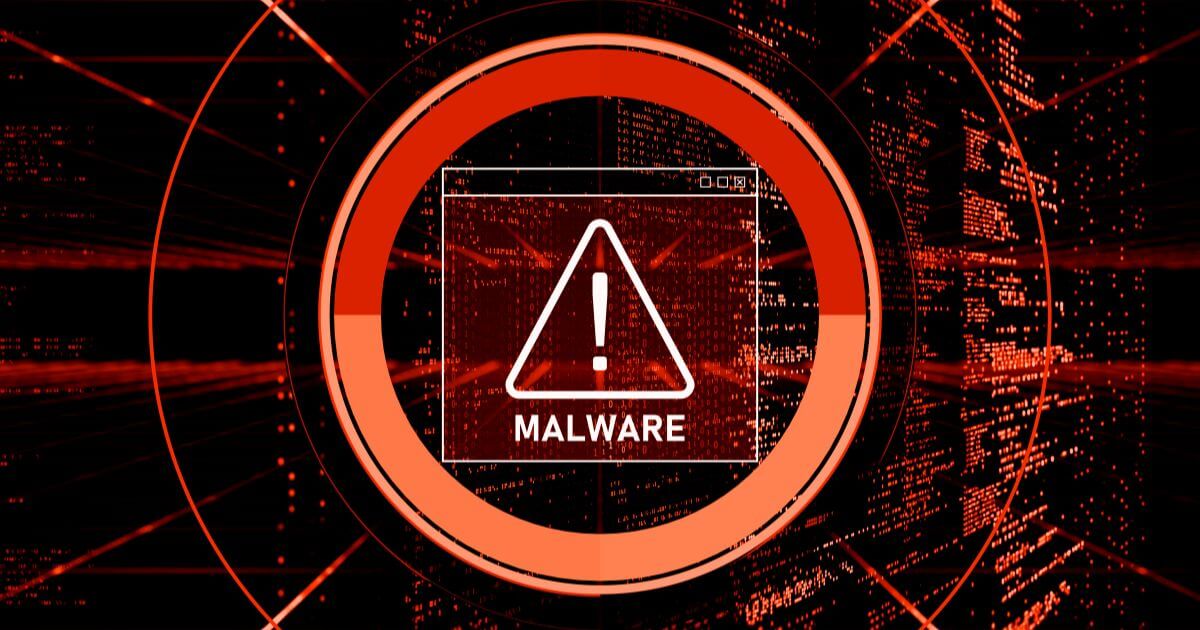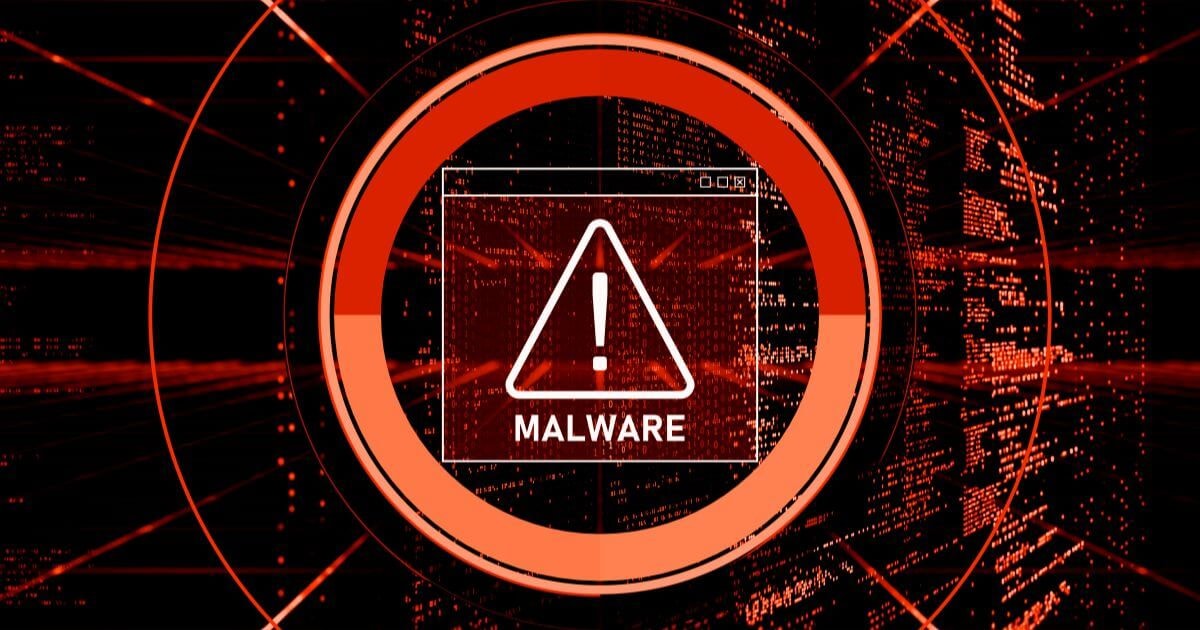
In today’s digital landscape, cyber threats have become more frequent, targeted, and sophisticated. These threats are increasingly aimed at endpoints like laptops, desktops, mobile devices, and servers. Traditional antivirus solutions, which primarily rely on known threat signatures, are no longer sufficient to combat the ever-evolving tactics used by cybercriminals.
This has led to the rise of Endpoint Detection and Response (EDR), a modern cybersecurity solution that actively monitors endpoint activity, detects suspicious behavior, and provides immediate, intelligent response capabilities. EDR solutions help in preventing data breaches by proactively detecting and responding to threats.
Euro Systems IT offers Managed EDR services that go far beyond conventional antivirus software. We deliver proactive, real-time protection supported by our 24/7 Security Operations Center (SOC), helping businesses build a stronger security posture and defend against emerging threats.

In the ever-evolving landscape of cybersecurity, endpoint detection has become a cornerstone of an effective defence strategy. Endpoint detection and response (EDR) solutions empower security teams to identify and respond to threats in real-time, providing comprehensive visibility into endpoint activity. This visibility is crucial for security analysts to detect and remediate threats before they can inflict significant damage.
With cyberattacks growing more sophisticated, EDR solutions have become indispensable for safeguarding sensitive data and preventing security breaches. These solutions continuously monitor endpoints, analysing behaviors and network connections to spot suspicious activities. By leveraging advanced analytics and threat intelligence, EDR tools can detect both known and unknown threats, ensuring that potential risks are addressed promptly.

EDR is a category of cybersecurity solutions focused on identifying and mitigating potential threats at the endpoint level. It continuously monitors endpoint activity and collects data such as system logs, network connections, and user behaviours. Using advanced analytics, threat intelligence services, and machine learning, EDR tools identify threats as they arise and initiate a timely, automated response. EDR capabilities are particularly effective in identifying and containing unknown or potential threats that bypass traditional endpoint security measures.
Unlike traditional security tools that detect only known threats, EDR security solutions can analyse and respond to as-yet unknown threats and suspicious activity. They also enable root cause analysis, helping security analysts understand how a breach occurred and how to prevent similar incidents in the future.
Traditional antivirus software depends heavily on known signatures to detect malware. While useful in many cases, this method struggles to detect fileless malware, insider threats, or other sophisticated attacks that disguise themselves as legitimate activity. As a result, many security incidents can remain invisible to legacy systems.
EDR security solutions are designed to close these gaps by identifying threat patterns and suspicious behaviour in real-time. Many EDR solutions employ advanced analytics and integrate with threat intelligence services to enhance cybersecurity measures. They integrate with existing security tools and provide advanced threat detection and faster incident response.
This shift is particularly critical for organizations managing sensitive data, as the ability to detect and remediate threats quickly is essential to avoid data loss and ensure regulatory compliance.

The process starts with continuous monitoring of endpoints. EDR systems track every action and interaction file executions, changes in endpoint data, process launches, user logins, and network connections. This data is stored in a central database for correlation and threat hunting. EDR response solutions monitor and analyze threats in real-time, gathering data from various endpoints to automate the containment process.
Advanced analytics and behavioural algorithms sift through this massive volume of information to identify threats. When a potential attack or anomaly is discovered, EDR triggers an alert and can automatically isolate the affected endpoint, terminate malicious processes, and roll back the system to a known safe state.
These response capabilities are critical in minimising the impact of an attack. They not only halt the immediate threat but also provide security teams with actionable insights to investigate and understand the root cause.

An EDR system is a sophisticated network of components designed to provide comprehensive visibility into endpoint activity and enhance threat detection capabilities. At its core, an EDR system comprises a central database, endpoint agents, and a management console.
The endpoint agents are deployed on individual devices, where they continuously collect data on network connections, process creation, file access, and other endpoint activities. This data is then transmitted to the central database, where it is stored and analysed. The central database serves as the hub for correlating data from multiple endpoints, enabling advanced threat detection and analysis.
The management console is the interface through which security teams can monitor and manage endpoint activity. It provides a centralised view of all endpoints, allowing security analysts to detect and respond to threats efficiently. EDR solutions often incorporate advanced analytics and machine learning capabilities to enhance threat detection and reduce false positives.

One of the most compelling advantages of EDR tools is their ability to provide comprehensive visibility into endpoint activity. This visibility enables more effective threat detection and empowers threat hunters to take informed, decisive action. With EDR, security teams are no longer blindsided by unknown threats or limited by the reactive nature of traditional antivirus solutions. EDR solutions empower the security team to prioritise threats, automate incident responses, and integrate seamlessly with existing security infrastructures.
Some key benefits of EDR include:
EDR provides immediate insights into suspicious activity and potential threats across all endpoints.
EDR can isolate endpoints, kill malicious processes, and prevent lateral movement without manual intervention.
EDR solutions leverage machine learning and data analysis tools to detect known and unknown threats.
By maintaining logs of endpoint activity and incidents, EDR helps businesses meet various compliance requirements.
EDR solutions complement existing investments and improve the performance of overall cybersecurity solutions.
Effective incident response and management are critical components of any robust EDR solution. When a threat is detected, the EDR system alerts security teams, who can then initiate a structured response to mitigate the impact of the security breach.
Incident response typically involves several key steps: detection, containment, eradication, and recovery. Upon detecting a threat, the EDR solution can automatically isolate the affected endpoint to prevent the threat from spreading. Security teams then work to eradicate the malware or malicious activity, ensuring that all traces of the threat are removed from the system. Finally, the recovery phase involves restoring affected systems to their normal operational state.
EDR solutions provide security teams with the tools and visibility needed to manage incidents effectively. This includes detailed logs of endpoint activity, automated response capabilities, and advanced analytics to understand the root cause of the incident. A well-planned incident response strategy, including defined roles and responsibilities, communication plans, and regular training, is essential for minimising the impact of security breaches.

False positives can pose a significant challenge for EDR solutions, as they can generate unnecessary alerts and divert attention from legitimate threats. To optimise EDR solutions and reduce false positives, security teams can fine-tune the solution’s settings, adjust alert thresholds, and implement automated response capabilities.
Integrating EDR solutions with other security tools, such as threat intelligence services, can also enhance threat detection and reduce false positives. By leveraging external threat intelligence, EDR systems can better distinguish between legitimate threats and benign activities, improving overall accuracy.
Optimisation of EDR solutions involves continuous monitoring and adjustment to ensure that the system remains effective. This includes regular updates to threat detection algorithms, fine-tuning of alert settings, and ongoing training for security teams. By optimising EDR solutions, organizations can improve their response capabilities and reduce the risk of security breaches.
Deploying and managing an EDR solution requires careful planning and execution to ensure its effectiveness. Security teams should begin by assessing their existing security posture and identifying areas for improvement. This assessment will help in selecting the right EDR solution that aligns with the organisation’s specific needs.
Once an EDR solution is selected, it should be configured to meet the organisation’s requirements. This includes setting up endpoint agents, configuring alert thresholds, and integrating the EDR solution with existing security tools. Training security teams on how to use the EDR solution effectively is also crucial for maximising its benefits.
Key features to consider when selecting an EDR solution include advanced threat detection, real-time threat detection, and automated response capabilities. These features are critical for enhancing an organisation’s security posture and ensuring robust protection against advanced threats.
Deploying EDR tools is only one part of the equation. For organisations without a dedicated in-house cybersecurity team, managing these systems effectively can be a challenge. Managed detection and response (MDR) services offer continuous threat monitoring and remediation, catering to organizations that require more expertise or technology than they currently possess. That’s where Euro Systems IT steps in.
Our Managed EDR services provide continuous protection supported by our 24/7 UK-based Security Operations Center. Our team of experienced threat hunters and security analysts monitor your systems round the clock, identifying threats in real-time and responding swiftly before damage can spread.
We help reduce your reliance on internal resources while improving security outcomes. With our service, your business benefits from:

Organisations across industries choose Euro Systems IT for our proven track record in delivering scalable, reliable, and proactive cybersecurity solutions. Our Managed EDR service is not just a software deployment, it’s a partnership.
We provide a right-sized EDR solution tailored to your specific risk profile and infrastructure, ensuring full integration with existing investments and other security tools. Tools like Microsoft Defender enhance cybersecurity by offering capabilities in vulnerability management, incident-level visibility, and securing IoT infrastructure. Whether you’re looking to boost compliance, protect sensitive data, or enhance your overall security posture, we are here to help.
As cyber threats grow more complex, investing in robust endpoint protection is no longer optional. Endpoint Detection and Response is a powerful tool for detecting, analysing, and neutralising threats before they cause harm. When backed by the expertise and infrastructure of a managed service provider like Euro Systems IT, EDR becomes a cornerstone of any resilient cybersecurity strategy.
Let Euro Systems IT help your business stay ahead of the most sophisticated attacks. Contact us today to learn how our Managed EDR service can transform your approach to threat detection and response.

While traditional antivirus solutions rely on signature-based detection to block known threats, EDR solutions go a step further. EDR tools continuously monitor endpoint behavior to identify anomalies, enabling detection of known and unknown threats, including zero-day attacks and fileless malware.
Unlike antivirus software, EDR can also isolate infected endpoints, stop malicious processes, and provide root cause analysis. This makes EDR a far more advanced endpoint security solution, particularly when dealing with sophisticated attacks.
Managing an EDR system effectively requires constant vigilance, threat hunting expertise, and round-the-clock monitoring resources that many internal IT teams may not be equipped to handle. Euro Systems IT’s Managed EDR provides 24/7 coverage via our Security Operations Center (SOC), advanced threat intelligence, and access to experienced security analysts.
This ensures threats are identified and remediated even outside regular working hours, strengthening your overall security posture without overloading your internal staff.
EDR solutions are designed for real-time threat detection and rapid incident response. When suspicious behaviour or a potential attack is identified, automated actions such as isolating the endpoint or terminating a process can occur almost instantly.
With Managed EDR from Euro Systems IT, our SOC team oversees this process and ensures any necessary escalations or deeper investigations are handled immediately, reducing response times and minimising potential damage.
EDR tools are capable of detecting a broad spectrum of advanced threats, including but not limited to fileless malware, ransomware, lateral movement, insider threats, and unauthourised access to sensitive data.
These are threats that typically bypass traditional antivirus systems because they may not carry a known signature or behave like conventional malware. EDR uses behavioral analysis and threat intelligence to identify even the most subtle or unusual activity across your network and devices.
Get in touch and a member of our team will get back to you as soon as possible:
"*" indicates required fields